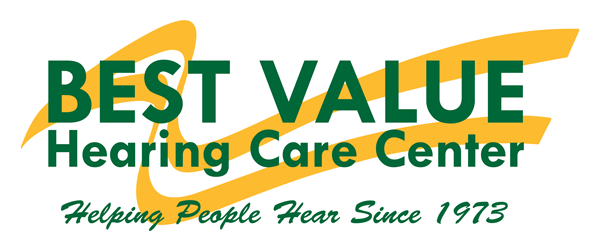“Are you hearing as well as you should be?” seems like a simple question. Believe it or not, that is actually one of the hardest questions for my patients to answer. Typically, patients respond with, “I don’t know” or “How can I tell?” That is the main reason why verification and validation are some of the most important steps in the hearing aid fitting process.
Verification, in the context of a hearing aid fitting, is an objective measure of the performance of the hearing aid. This can be done with several different tests. Real ear measurements involve placing a probe microphone in the ear and measuring what is coming out of the hearing aid at the level of the eardrum. The clinician measures the hearing aid output for a set of stimuli and compares it to the prescription that she has programmed into the hearing aid. In addition to this method, an actual aided hearing test can be performed with the patient wearing the hearing aids to compare to pre-hearing aid test results. This is called aided Soundfield testing, or functional gain testing. It is also very useful to have aided word understanding testing performed, comparing to the target score from the original hearing exam. It is eye-opening to compare the aided word understanding test results to an unaided trial in a real “apples-to-apples” comparison. Utilizing the Verified Best Hearing™ worksheet, I can show the patient a picture of the hearing improvement with the devices. Using these methods, we can objectively measure if the hearing aids are doing their expected job.
Validation is more subjective. It is important to get specific information from the perspective of the patient. A variety of patient surveys, such as the Abbreviated Profile of Hearing Aid Benefit (APHAB) or the Client-Oriented Scale of Improvement (COSI) have been developed to target different aspects of hearing lifestyles. Asking a patient about his most important hearing objective, and then measuring from his perspective how closely that goal was met is an integral part of the hearing aid fitting experience.
Verification and validation definitely should be done the first time any new hearing aid is fit. However, I often utilize different combinations of these types of tests throughout the year with my patients. The patient and I know that we have started with the best possible settings in the hearing aids because of the extensive testing regimen, but things can change over time. Patients’ hearing levels can change over time. The hearing aids can malfunction. The patients can simply acclimate to the hearing aids, especially if they are a new user, and they may need changes to the programming as time goes on. Even the hearing lifestyle can change over time. It is not simply enough to ask if everything is ok and send a patient on his/her way. It is important to continually verify and validate my patients’ performance with their hearing aids, so that I can help them to answer that question: “Am I hearing as well as I should be?”
